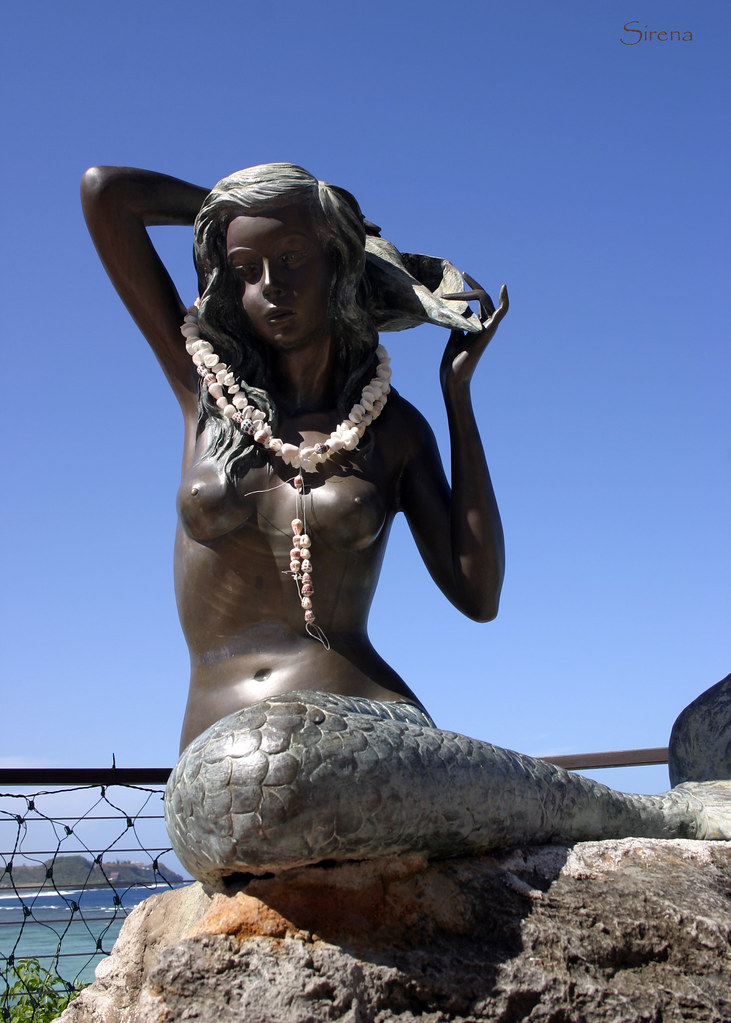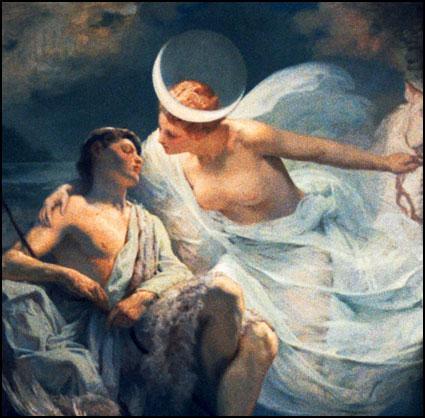This necklace features gemstone chips (carnelian, hematite, and citrine), lava beads, and various glass beads. It also has a red wire-wrapped fried glass gem hanging over a luminous black focal pendant, both seeming evocative of Pele. The chain, toggle, and other findings are also the same tone of black as the pendant, giving the impression of cooled lava.
Pele is associated with volcanoes, lava, fire and is also one of the goddesses of the hula. She is a destructive being, but is also the creator of land, increasing her island's size with her lava. She either takes the form of a beautiful young woman with long untamed hair, or an old woman with long white hair, wearing a long white gown, and accompanied by a white dog. She is wild, temperamental, impatient, beautiful, and seductive. She has many love affairs with mortals, gods, and a demigod, most ending poorly for her lovers, though some survived her temper. She truly is the essence of fire.
She is still worshiped, or at the very least respected, in the Hawaiian islands, and is one of the few remaining deities to be so. Offerings are still presented to her and there are stories about visitors who would steal rocks from her volcano, only for those rocks to be returned with apologies due to strange events happening afterwards. She is apparently a tenacious goddess and also not one to be trifled with.





























